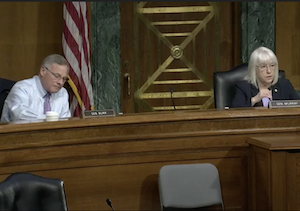User fee reauthorization marches on with first Senate hearing
 Biologics/ biosimilars/ vaccinesBiotechnologyDiagnostics/IVDsMedical DevicesNorth AmericaPharmaceuticalsRegulatory Intelligence/Policy
Biologics/ biosimilars/ vaccinesBiotechnologyDiagnostics/IVDsMedical DevicesNorth AmericaPharmaceuticalsRegulatory Intelligence/Policy Biologics/ biosimilars/ vaccinesBiotechnologyDiagnostics/IVDsMedical DevicesNorth AmericaPharmaceuticalsRegulatory Intelligence/Policy
Biologics/ biosimilars/ vaccinesBiotechnologyDiagnostics/IVDsMedical DevicesNorth AmericaPharmaceuticalsRegulatory Intelligence/Policy